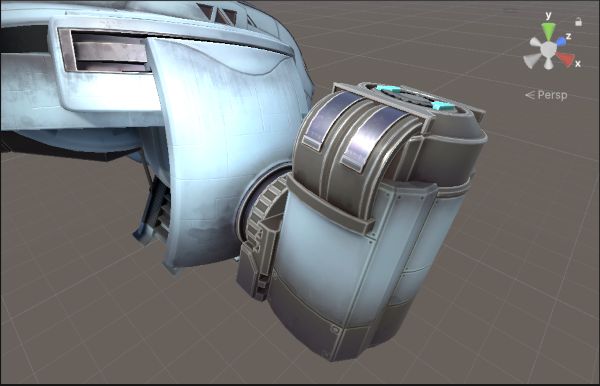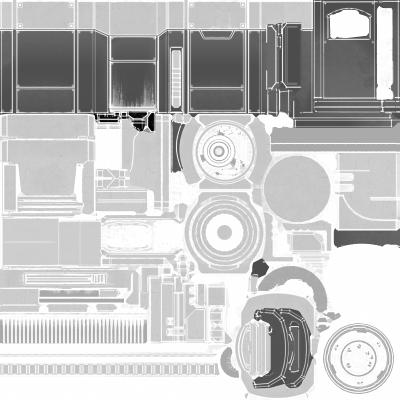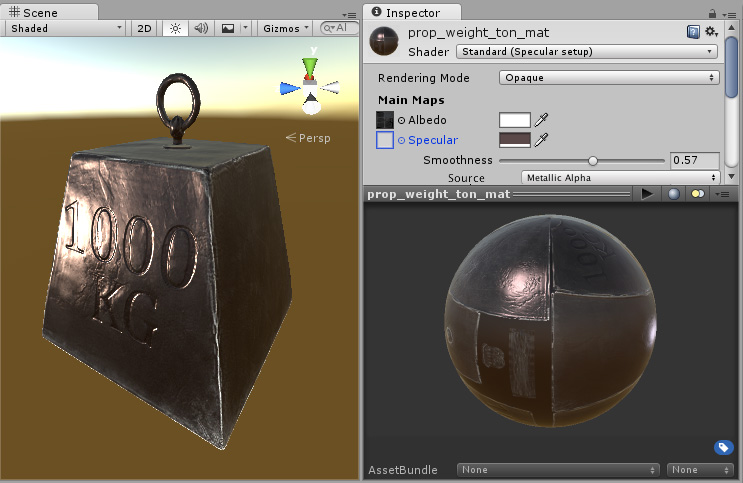Configure reflections in prebuilt shaders
To configure reflections in a prebuilt shaderA program that runs on the GPU. More info
See in Glossary, use the Metallic or Specular property and the Smoothness property.
Select a workflow
Select a material in the Hierarchy window, then in the Inspector window of the material do one of the following:
- If your project uses the Universal Render PipelineA series of operations that take the contents of a Scene, and displays them on a screen. Unity lets you choose from pre-built render pipelines, or write your own. More info
See in Glossary (URP), set Workflow Mode to Metallic or Specular in the Surface Options section. - If your project uses the Built-In Render Pipeline, set Shader to Standard to use the metallic workflow, or Standard (Specular setup) to use the specular workflow.
For more information, refer to Metallic and specular workflows.
Configure reflections in the metallic workflow
To make a material metallic or non-metallic, set the Metallic value to 1 or 0. Values between 0 and 1 blend the two results.
To control the blurriness or sharpness of the reflection, adjust the Smoothness property.
To make different parts of a material more or less metallic, add a texture map to control the Metallic and Smoothness properties. For example, if you have a clothing texture with both non-metallic fabric and metallic zips and buckles. Use the channels as follows:
- Red channel: Metallic values
- Green channel: Unused
- Blue channel: Unused
- Alpha channel: Smoothness values



To set metallic values so they simulate real-life surfaces, refer to Reference for metallic and specular values of real surfaces.
Configure reflections in the specular workflow
To set the color and intensity of reflections, set the Specular color. A black specular colorThe color of a specular highlight.
See in Glossary means no reflections, while a white specular color means full reflection.
To control the blurriness or sharpness of the reflection, adjust the Smoothness property.
To make different parts of a model or texture appear more or less reflective, add a texture map to control the Specular and Smoothness properties. For example, if you have a clothing texture with both non-metallic fabric and shiny plastic buttons. Use the channels as follows:
- Red, green, and blue channels: Specular color values
- Alpha channel: Smoothness values


Additional resources
- Reflections
- Reference for metallic and specular values of real surfaces
- Creating Believable Visuals on the Unity Learn site